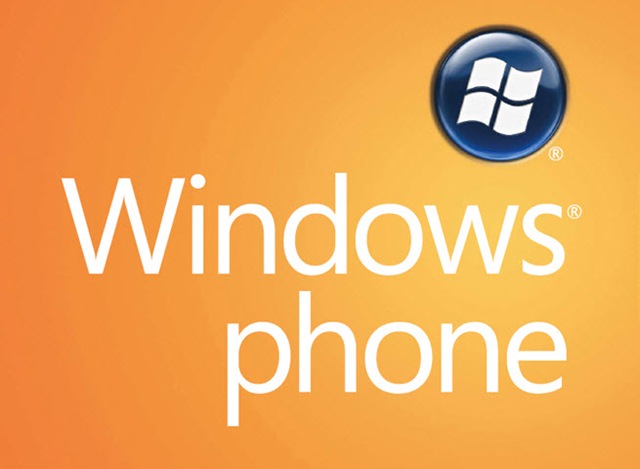-
Microsoft Windows Phone Developer Tools 7.1 (Beta)
-
Windows Phone Emulator (Beta)
-
Silverlight 4 SDK and DRT
-
Microsoft XNA Game Studio 4.0 Refresh Windows Phone Extensions
-
Microsoft Expression Blend SDK Preview for Windows Phone 7.1
-
WCF Data Services Client for Window Phone 7.1
Now you can download the new Windows Phone Developer Tools 7.1 (Mango) Beta can be used to develop Applications for both 7.0 and 7.1 version of Windows Phone OS releases. You can experiment with the latest tools release for Windows Phone. WPDT 7.1 Beta provides the tooling necessary to target the upcoming Windows Phone OS release (codenamed “Mango”) in addition to productivity enhancements such as an app profiler and an improved emulator.
Although not required, the Windows Phone Developer Team strongly recommends that you install WPDT 7.1 Beta on a separate machine. Apps built for 7.0 by using the 7.1 beta tools should certify and behave similarly to those produced by your current WPDT environment, but these are beta tools and your apps may behave inconsistently. If you encounter an issue between the beta tools/emulator and production phones, please report the issue on the App Hub ‘tools for wp7’ forum.
The Windows Phone Developer Tools includes the following,
Please note:
1) Windows Server, Windows XP & Virtual machine platforms are not supported
2) If you are installing Visual Studio 2010 Express for Windows® Phone 7.1 alone, you can install it on any drive. If Visual Studio 2010 Professional or higher is already installed on your development computer, Windows Phone Developer Tools 7.1 Beta is installed on the same drive as the existing Visual Studio installation.
3) If you just need WP 7.0 SDK, then you can Download the Windows Phone 7.0 SDK (Windows Phone Developer Tools), then download and install the Windows Phone Developer Tools January 2011 Update and the Windows Phone Developer Tools Fix. The January 2011 Update should only be applied after you’ve installed the Windows Phone Developer Tools.
Note:
French, Italian, German, and Spanish versions of the tools are available at the Microsoft Download Center.
blogged using my Windows Live Writer 2011…


 Are you the Windows Phone 7 developer or want to know how to create WP7 apps? Then this book is meant for you. To give you a sense of this offering, here is Charles’s Introduction—beneath that you’ll find the ebook’s full Table of Contents:
Are you the Windows Phone 7 developer or want to know how to create WP7 apps? Then this book is meant for you. To give you a sense of this offering, here is Charles’s Introduction—beneath that you’ll find the ebook’s full Table of Contents:
 If you used CTP of Visual Basic for Windows Phone then today you can download the RTW version of the Visual Basic add-on from
If you used CTP of Visual Basic for Windows Phone then today you can download the RTW version of the Visual Basic add-on from  Just to update you that PDC 2010 is on, and you can watch it online (i am watching now 🙂 ). Right now I am attending Jeff’s
Just to update you that PDC 2010 is on, and you can watch it online (i am watching now 🙂 ). Right now I am attending Jeff’s  The Windows Phone team released the final bits for Windows Phone 7 – Developer Tools released to web (RTW). The tooling is free and will integrate with Visual Studio 2010 and Expression Blend 4 if you have them installed as well. This is the same powerful and easy to use Visual Studio integrated developer environment (IDE) handles developing Windows Phone 7 phone applications.
The Windows Phone team released the final bits for Windows Phone 7 – Developer Tools released to web (RTW). The tooling is free and will integrate with Visual Studio 2010 and Expression Blend 4 if you have them installed as well. This is the same powerful and easy to use Visual Studio integrated developer environment (IDE) handles developing Windows Phone 7 phone applications.  Earlier i faced the following issue – i was creating a Silverlight application using Visual Studio 2010 and Silverlight.
Earlier i faced the following issue – i was creating a Silverlight application using Visual Studio 2010 and Silverlight.  Zune subscription
Zune subscription